I'm experimenting with filters for PDM-encoded signals and would like to simulate a variety of such bit-streams in LTspice for simple test signals such as sinewaves, combinations of multiple sinewaves, etc.
A refresher from Wikipedia: PDM means that the relative density of the pulses corresponds to the analog signal's amplitude, similar but not identical to how the relative width of the pulses corresponds to the analog signals' amplitude in PWM.
Synthesizing a PWM from an arbitrary waveform is easily done with a ramp and a comparator and I thought I could figure something out for the PDM, but failed.
Do I really have a simulate a complete delta-sigma modulator (which generates a PDM stream natively), or can anyone come up with a cheaper way?
